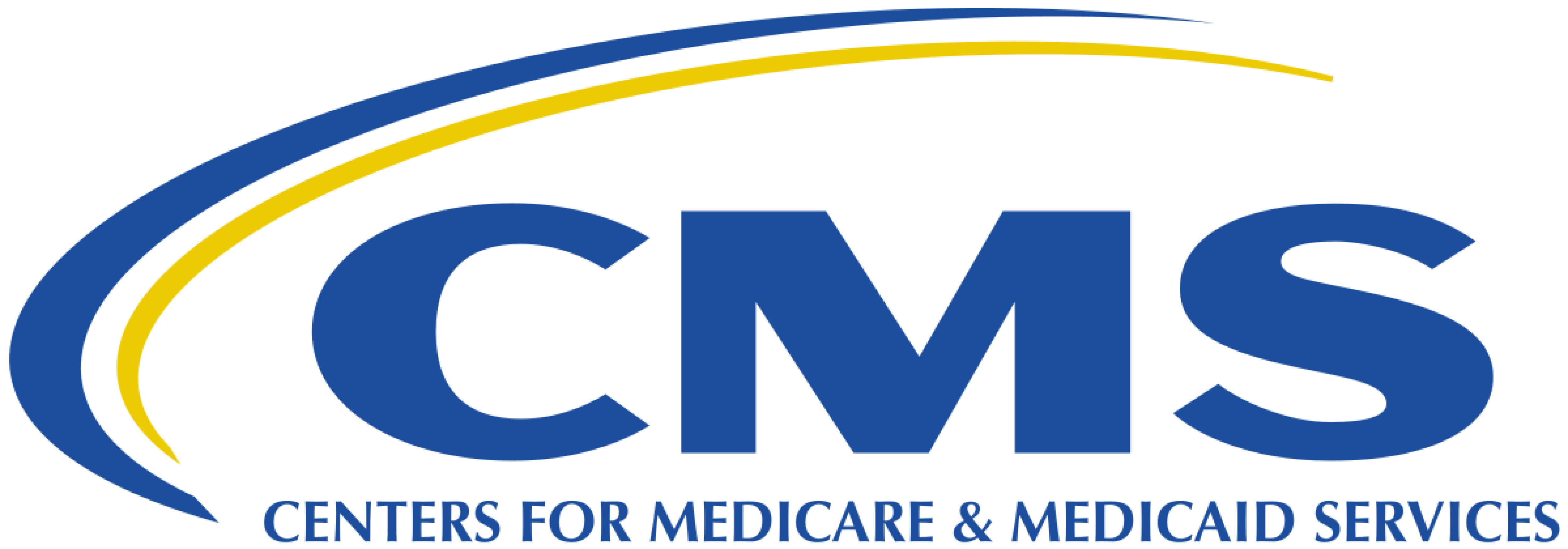The New Technology Add-On Payment (NTAP) program remains one of the most powerful and underutilized tools for securing Medicare reimbursement for novel medical technologies. For eligible products, NTAP provides additional inpatient payments beyond the standard MS-DRG rate to encourage early hospital adoption.
To qualify, technologies must meet three primary criteria: (1) they must be new and not substantially similar to existing technologies; (2) they must exceed cost thresholds set by CMS; and (3) they must provide a substantial clinical improvement over existing treatments. Products with FDA Breakthrough Device, QIDP, or LPAD status may qualify through alternative pathways that waive some requirements.
Key Application Deadline: October 6, 2025 at 5:00 p.m. ET

To be considered for the FY 2027 payment cycle, applications must be submitted through CMS's Medicare Electronic Application Request Information System (MEARIS™). The FY 2027 application portal opened Monday, August 11, 2025.
Only applications submitted via MEARIS™ will be accepted. Resources, technical support, and contact information for submission-related questions are available here.
Applicants must either:
- Already have FDA marketing authorization by May 1, 2026; or
- Have submitted a complete and active FDA marketing authorization request by the NTAP submission deadline (October 6, 2025).
For QIDP and LPAD products, FDA marketing authorization must be received before July 1 of the fiscal year for which the application is being considered.
Applicants should prepare comprehensive documentation demonstrating cost thresholds, clinical value, and non-similarity to existing technologies. CMS also holds a public Town Hall meeting to evaluate the "substantial clinical improvement" (SCI) criterion—details forthcoming in the Federal Register.
"NTAP is more than a reimbursement mechanism. It's a signal that your product delivers measurable clinical and economic value," said Katy Herman, a reimbursement expert at Gardner Law. "But eligibility hinges on careful coordination between your FDA strategy and CMS's timelines."
Gardner Law supports clients through the full NTAP lifecycle, from eligibility assessments and coding strategy to MEARIS™ submissions and hospital adoption planning. With the FY 2027 deadline fast approaching, now is the time to evaluate your product's readiness.
Can 510(k) Products Qualify for NTAP?
A common misconception is that devices cleared through the 510(k) pathway are automatically excluded from NTAP. While 510(k) products are, by definition, "substantially equivalent" to a predicate device, this does not necessarily mean they are "substantially similar" under NTAP’s separate regulatory test.
CMS uses a distinct three-part framework to evaluate "substantial similarity" for NTAP:
- Same or similar mechanism of action
- Same MS-DRG assignment
- Same disease or patient population
If a 510(k) product differs meaningfully on one or more of these factors, and exceeds cost thresholds while providing a substantial clinical improvement, it may qualify under the traditional NTAP pathway.
Applicants must take care to clearly differentiate the device’s performance, impact, or target population relative to other technologies already in use. While it may be more difficult for 510(k) products to meet the "newness" criterion, it is not impossible.